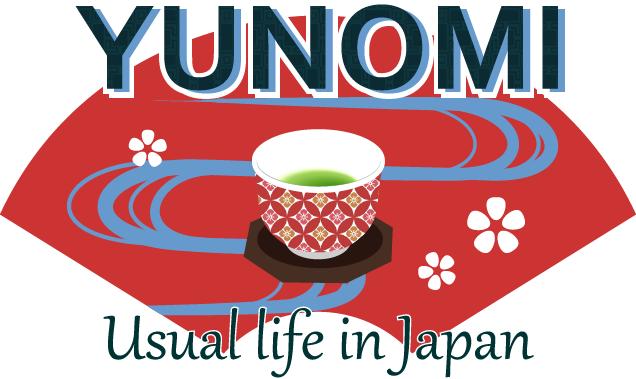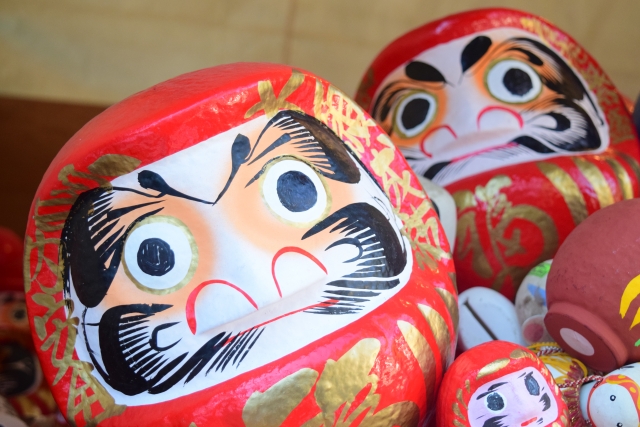The Daruma doll is one of Japan’s most famous lucky charms.
Round, hollow, and weighted at the bottom, this figure is modeled after Bodhidharma—the founder of Zen Buddhism.
Far more than a souvenir, the Daruma symbolizes perseverance, determination, and hope.
Its blank eyes and bold colors make it both a cultural icon and a tool for setting personal goals.
A Brief History and Legends
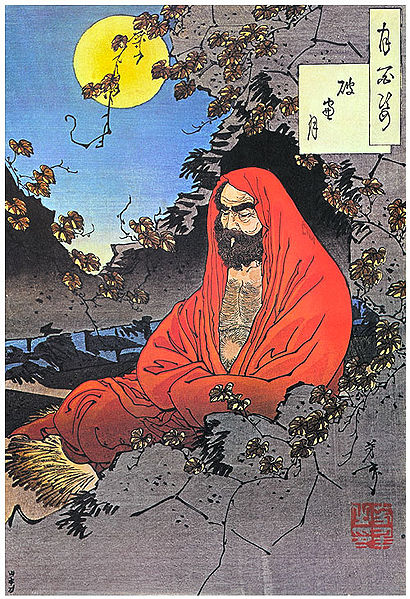
Bodhidharma was a Buddhist monk who lived during the 5th–6th century AD.
He is traditionally credited as the transmitter of Ch’an (Zen) to China.
Little is known about his life, but over time many legends emerged:
-
Nine years of wall-gazing:
Bodhidharma is said to have meditated facing a wall for nine years without moving.
This extreme practice inspired the Daruma’s rounded, limbless form—symbolizing persistence beyond human limits. -
The eyelid legend:
Another story says he cut off his eyelids after dozing during meditation.
In one version, tea plants sprouted where the eyelids fell, giving rise to tea drinking as a way to stay awake.
This tale also connects to the Daruma’s blank eyes, later filled in by the owner when making and achieving goals.
These stories shaped the Daruma into both a Buddhist icon and a cultural symbol of resilience.
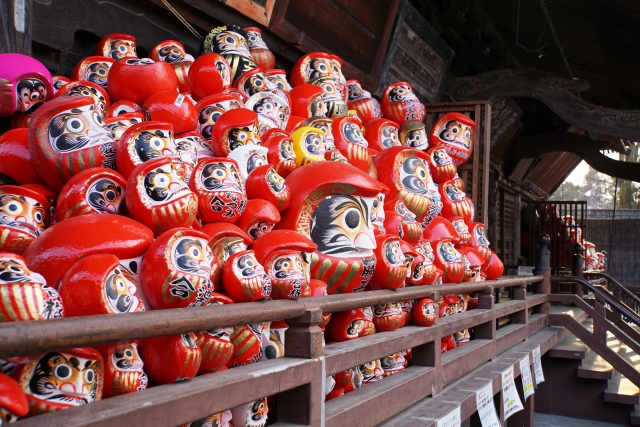
The current popular symbolism associated with Daruma as a good luck charm in part originated with the Daruma-Dera (Temple of Daruma) in the city of Takasaki (Gunma Prefecture, north of Tokyo).
The parishioners would keep these charms to "bring happiness and prosperity and ward off accidents and misfortune". It is believed that the Daruma figurine then originated from this region when the ninth priest, Togaku, found a solution to handle the constant requests of the parishioners for new charms.
The charms were always given with the effectiveness of one year, so the people required new ones every year.
The Darumas Physical features and symbolisms -
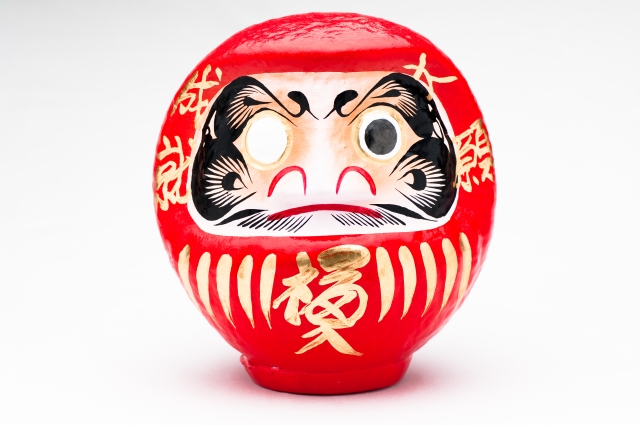
Daruma’s design, particularly the shape, color, eyes, and facial hair, each has its own history and symbolic meaning.
Darumas Physical Features -The Crane and the Tortoise Story
Daruma's facial hair is a symbolic representation of the animals well known in Asian culture to embody longevity - the crane and the tortoise.
The eyebrows are in the shape of a crane, while the cheek hair resembles the shell of a tortoise. There was a snake or dragon depicted across the mustache and cheeks but was changed to the tortoise to emphasize the desire for longevity.
In this way, Daruma was designed to match the Japanese proverb
"The crane lives 1000 years, the tortoise 10,000 years".
Shape -
Darumas are still usually made of paper-mâché, have a round shape, are hollow, and weighted at the bottom so that they will always return to an upright position when tilted over.
In Japanese, a rotund shape toy is called Okiagari, meaning to get up (Oki) and arise (Agari). This characteristic has come to symbolize the ability to have success, overcome adversity, and recover from misfortune.
In Japanese popular culture on cards, banners, and books, Daruma is often illustrated alongside the phrase "Nanakorobi Yaoki", translated to mean "seven times down, eight times up".
The Darumas Distinctive Colors -
Though it is not certain, the origins of Daruma's traditional red coloring probably came from the color of the priest's robes.
By virtue of his red robes, Daruma has come to play a role in recovering from sickness.
During the late Edo period (the 1600s to 1868), red was believed to have a strong association with smallpox. In present-day Japan, there are many red shrines dedicated to a God of Smallpox, which had a particular liking for red.
These shrines were built in response to those outbreaks. Believing that the God of smallpox, if pleased, would spare the inflicted child, the Japanese would often stretch out ropes around the house strung with red paper strips, have the child wear a red robe, and make a small altar for the God to put talisman-like Daruma figurines on.
These precautions were also used to warn others that sickness was in the house, and to encourage cleanliness around the sick.
The red of Daruma, however, was used to pacify God, while the image of Okiagari was to encourage the patient to recover as quickly as they fell ill.
Daruma of various colors
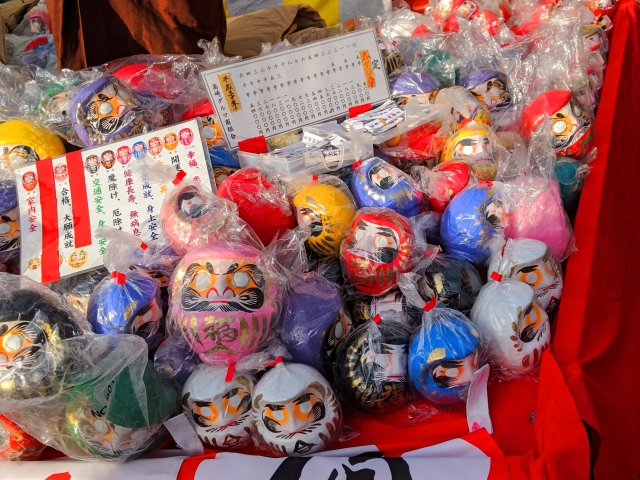
These days, daruma can also be found in colors other than red, including gold, which is meant to bring luck in financial matters.
Dharma comes in a variety of colors, each with its own meaning and wishes.
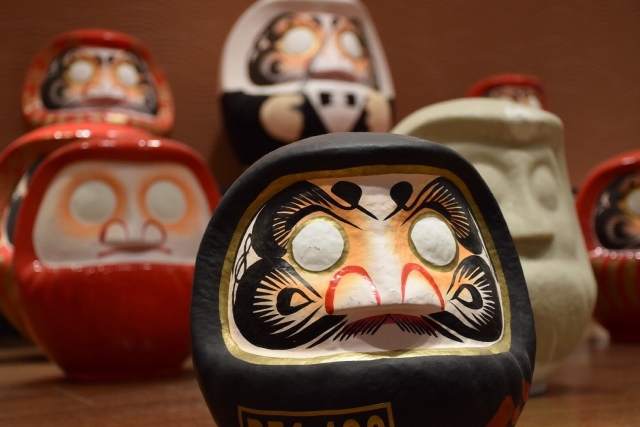
The black daruma has the meaning of a prosperous business.
It is believed to have the power to bring profits (In the black) and stable fortune and is recommended for those who want to make a wish regarding business.
The Yellow Dharma means "fertility" because it is the color of the grain. It also has the meaning of increasing fortune.
Ideal as a gift for opening a store or changing jobs.
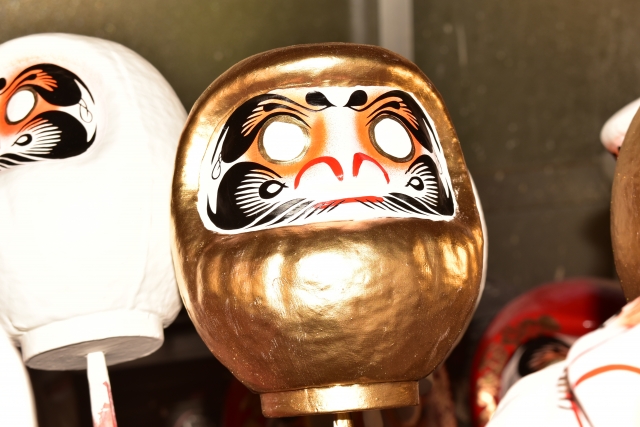
The golden Daruma is said to be a symbol of "money luck" and "prosperity".
It is recommended as a gift with a wish for success and reflection for company owners and those who aim for independence, such as when starting a new store or business.
White Daruma: Achieving goals and passing entrance exams.
Blue Daruma: Improving academic performance and talent.
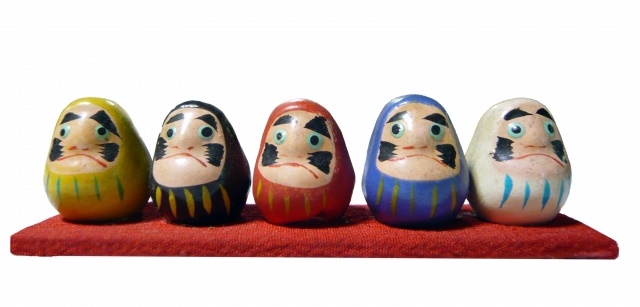
Daruma is also sold as a set of five colors - blue, yellow, red, white, and black - called Goshiki Daruma.
The Darumas Eyes -
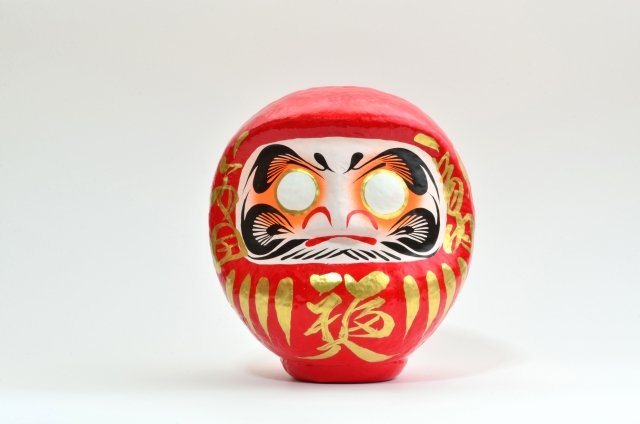
The eyes of Daruma are often blank when sold. It is meant as a means to keep track of goals or big tasks and motivate them to work to the finish.
The recipient of the doll fills in one eye upon setting the goal, then the other upon fulfilling it. In this way, every time they see the one-eyed Daruma, they recall the goal.
One explanation of how this custom started says that in order to motivate Daruma-san to grant your wish, you promise to give him full sight once the goal is accomplished. This practice might also have something to do with the "enlightenment", the ideal attainment of Buddhism.
This custom has led to a phrase in Japanese translated as "Both Eyes Open".
Referring to "opening" the second eye, it expresses the realization of a goal.
Traditionally, the Daruma was purchased as a household, and that only the head of the household would paint in the eyes.
Wish on the Daruma
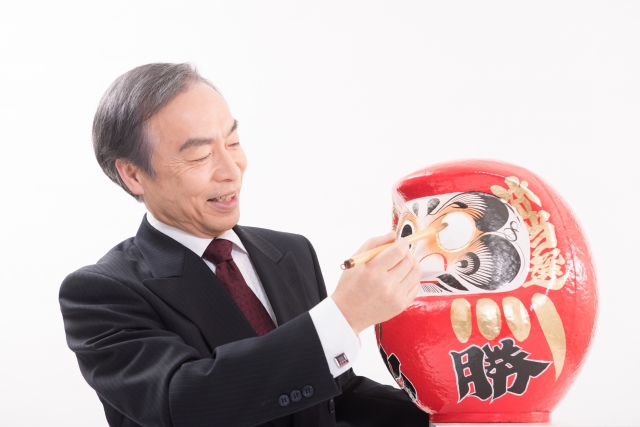
A Daruma always begins with blank eyes.
-
First eye: Fill in one eye when making a wish or setting a goal.
-
Second eye: Fill in the other once the goal has been achieved.
This ritual transforms the Daruma into a personal contract with yourself—
a visible reminder to stay committed until your dream becomes reality.
Daruma In Children's Games -
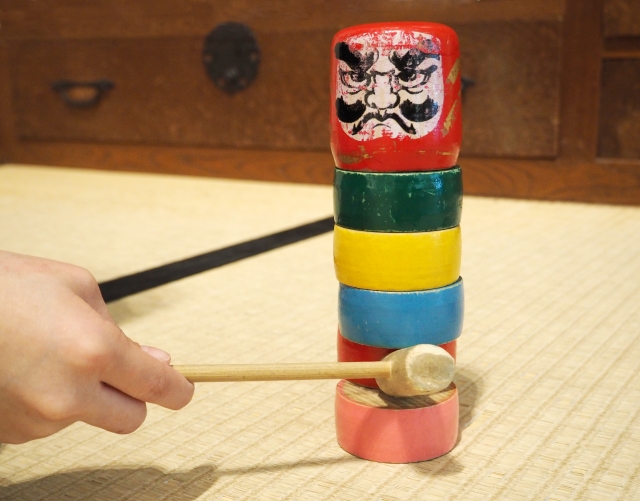
Many children's games make mention of Daruma. The Japanese equivalent of a snowman is a Yuki daruma, literally snow daruma.
Daruma san ga Koronda is an equivalent to the North American Red light/Green light game.
Daruma Otoshi is a traditional game played with a daruma doll in five pieces, usually in the colors of the rainbow, from top to bottom: head — a man's face, blue, green, yellow, red.
The game is played by using a small hammer to hit each of the colored pieces, from bottom to the top, without letting the pieces fall during the game.
Daruma-Burning -

At the end of the year, all the Daruma are brought back to the temple they were purchased from for a traditional burning ceremony.
This ceremony, called the daruma kuyō is held once a year, usually right after New Year's Day. The most renowned of these events are held at the Nishi-Arai Daishi Temple (Tokyo), and the Dairyū-Ji Temple (Gifu).
At these events, people bring the Daruma figures they had used that year to the temple.
After expressing gratitude to them, they turn it over to the temple and buy new ones for the next year. All of the old Daruma figures are burnt together in the temple.
After a solemn display of the monks' entry, reading of the sutras, and blowing of horns, the tens of thousands of figurines are then set aflame.
Dondo-yaki
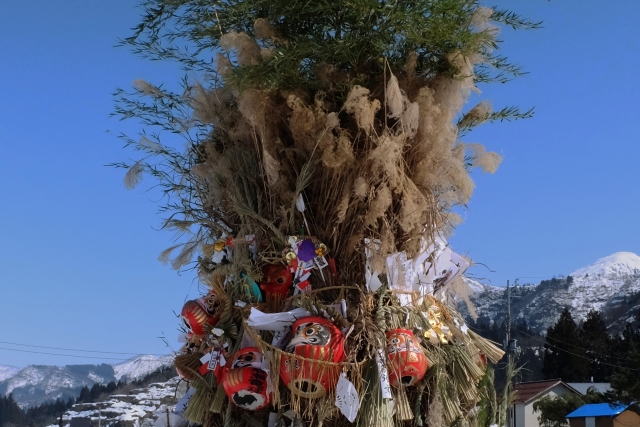
Japan's Dondo-yaki is held around the country from January 14th to 16th, and fire festival events are held in each village, and the power of purification by the god fire is used to pay off the disasters of the people of the village for one year. We pray for a prosperous business, family safety, avoidance of illness and disaster, and prosperity of descendants.
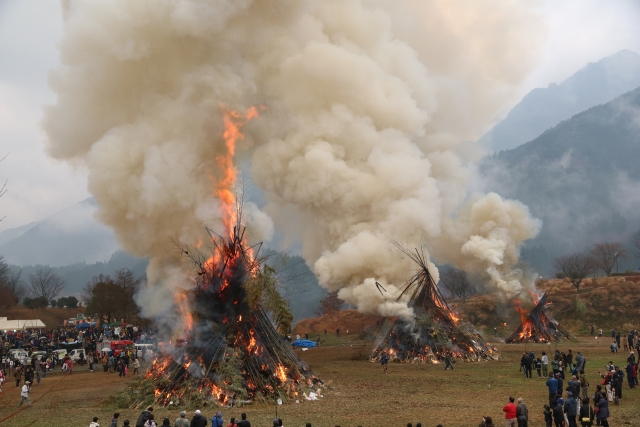
At the festival, green bamboo is used as a pillar to make a hut with branches such as straw, cedar, cypress, and pine, and Yagura (a central raised platform) is made by stacking them in a conical shape. Burn lucky charms such as decorations and dharma together.
The Daruma doll is newly bought once a year by the Japanese.
